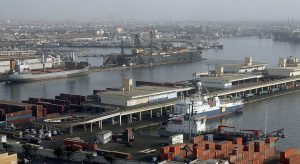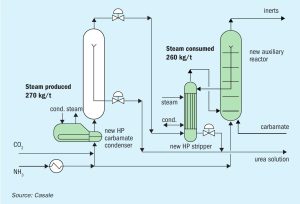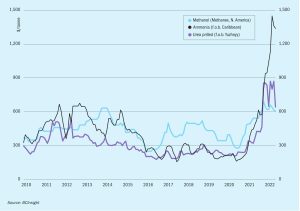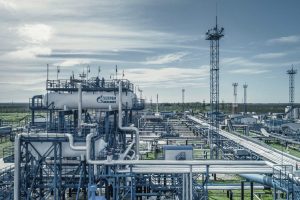
The Dakar ammonia accident
Seshu Dharmavaram of Air Products and Venkat Pattabathula of SVP Chemical Plant Services describe the Dakar ammonia accident, which occurred in Senegal on March 24th, 1992. It is claimed to be the worst industrial ammonia accident ever, leaving 129 dead and 1,150 injured.








